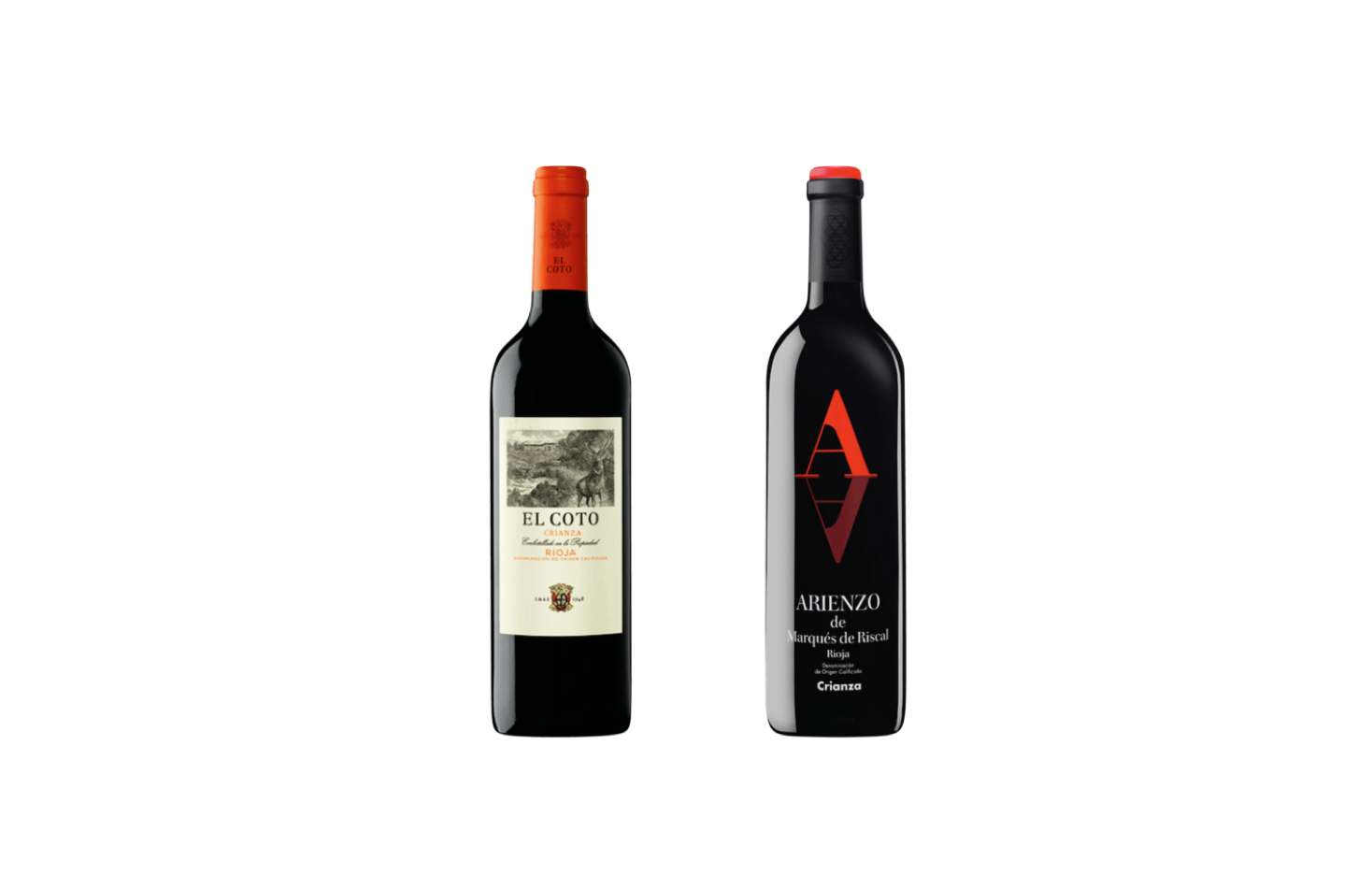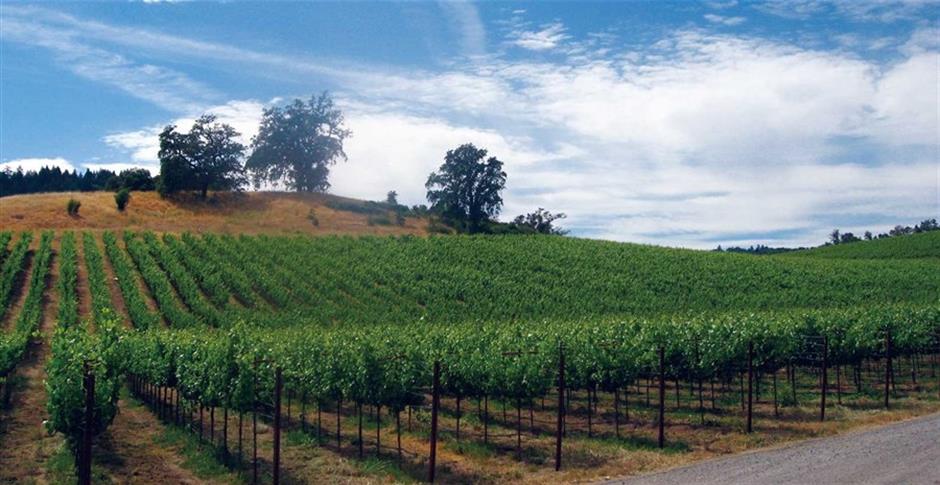When addressing wine professionals and wine enthusiasts around the world, I am fond of saying that ultimately we are in the business of creating memories. For the thousands of wine events that I have planned and conducted over the years, my goal has always been to create a special memory that participants will never forget. It’s not enough to have everyone enjoy the wine and food and then a mere two weeks later forget what they drank. Creating memories necessitates using wines to tell an interesting story that facilitates memory. One of my favorite themes is the battle of the worlds, the old world (Europe & the Near and Middle East) that has been making wines for thousands of years vs. the new world (U.S., Chile, Argentina, Australia, New Zealand, etc.) that has come a long way in just few centuries. This is also a great theme for a fun wine dinner at home with six or more friends. Of course, more friends allow for more wines.

Basic Rules
In an old world vs. new world dinner the wines are served side-by-side; in wine talk this means you enjoy both wines at the same time. For example, a Chardonnay from Burgundy vs. a Napa Valley Chardonnay are tasted next to each other. You may choose to serve one a few minutes before the other but there should be some time reserved to enjoy the wines together. This allows you to more accurately distinguish the differences. You should also serve wines of relatively the same price point or quality level to keep the competition fair and fun. It makes no sense to serve a Grand Cru Burgundy white against an entry level California Chardonnay. Each individual side-by-side wine tasting can accompany a different dish that appropriately highlights that specific variety or wine style.
Basic information on each of the wines should be prepared. This may include region, variety, producer, vintage as well as some basic tastings notes. Giving guests more information will stimulate livelier discussion and debate. It’s also fun to create a competitive atmosphere by having each person introduce a wine then have everyone vote on the winner. You’ll be surprised how “good-heartedly” heated these discussions can get as people take sides and reveal their preferences.
Picking the Wines
First, you must decide the varieties or styles of wines you will be serving and get the sequence correct. In general, start with lighter wines then evolve toward heavier and more complex wines. For example, an old world sparkling wine like a CAVA from Spain vs. a new world sparkling wine is a great way to get the wine dinner rocking; then perhaps an elegant 100% Sauvignon Blanc Sancerre white wine from the Loire Valley vs. an exiting New Zealand Sauvignon Blanc from Marlborough. Next, a substantial Burgundian white vs. a classic Napa Chardonnay will move your dinner wine tasting to new heights. Start the red wine competitions with lighter reds like young Pinot Noir or Sangiovese wines, then move on to more substantial Merlot, Cabernet Sauvignon or Syrah/Shiraz wines. Two sweet wines are ideal for finishing the dinner, or on occasion I have cheated a bit and ended the evening by serving a Scotch whisky vs. a Bourbon Whiskey. An old world vs. new world wine dinner is an educational and intriguing journey of the taste buds as the various grapes and regions reveal their true characters. It’s also fascinating as participants reveal their personal preferences for either old world or new world style wines. Most important, you and your guests will create a lovely and lasting wine memory.





